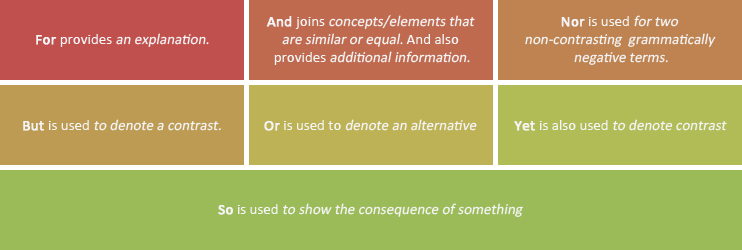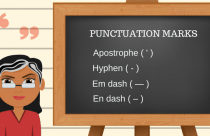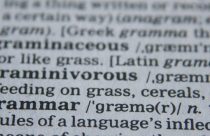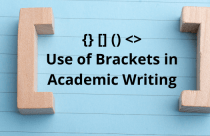How to Effectively Use Commas in Academic Writing (Part 1)

Comma usage remains one of the most misunderstood concepts in writing. The misconception that a comma can be arbitrarily inserted to denote a pause must be dispensed with. There are specific (and quite stringent) rules that should be adhered to in academic writing. This article will explore these specific rules in detail.
Use a Comma to Separate Elements in a List
One of the basic uses of a comma is to segregate items in a list. In American English, a comma (also known as serial comma or Oxford comma) is inserted before the conjunction separating the last item in the list.
Points to remember:
- Commas are used to separate more than two elements in a list
- Use a semi-colon instead of a comma to segregate the list items that have internal commas
- The concluding conjunction may not always be “and”; “or” and “as well as” are also used for this purpose
Example,
The questionnaire was distributed to the local residents, district bodies, and the neighborhood schools.
Introductory Comma
An introductory comma is used after introductory words, phrases, and clauses. These elements introduce a premise which is resolved by the main (independent) clause.
Introductory Words
Introductory words convey a sense of continuity from one sentence or point of view to the one succeeding it.
Examples of introductory words: However, moreover, thus, therefore, further, etc.
Usage in a sentence: Consequently, the sample size had to be increased to include the observed anomalies.
Introductory Phrases and Clauses
Introductory phrases also introduce a concept or thought that is explained/elaborated by the main clause. Introductory phrases do not have a subject or a verb, unlike introductory clauses.
Introductory phrase: On one hand, grouping students by a response to positive facial expressions allows them to react at their own pace.
Introductory clause: Since zoologists have been trying to interpret how animals communicate, a new study will attempt to interpret sounds made by various species of mammals.
FANBOYS Comma
Use a comma to separate two independent clauses when they are joined by a coordinating conjunction. To help remember these conjunctions, an acronym has been coined.
F – for
A – and
N – nor
B – but (not because – this is a subordinating conjunction)
O – or
Y – yet
S – so
Clauses that can convey complete meaning on their own are known as independent clauses. They are joined by appropriate coordinating conjunctions to convey a sense of continuity. Ideally, two independent clauses can be separated by a period and represented as separate sentences; however, transitional words and phrases as well as coordinating conjunctions are used to denote the logical flow of a sentence or an argument.
Examples,
- In this study, sensitivity to feedback in classrooms was not considered for the outcome, but it is relevant and should have been taken into account.
- The supply chain of the organizations observed had been significantly affected after the Fukushima disaster, yet they resumed operation shortly after.
Each of the seven coordinating conjunctions plays a different role in a sentence and must be appropriately used to link the independent clauses.

Source: http://speakspeak.com/resources/english-grammar-rules/conjunctions/coordinating-so-and-but-or-yet-for-nor
Comma Splice
A comma splice occurs when two independent clauses are incorrectly separated by a comma instead of being joined by an appropriate conjunction.
For example: Local residents are complaining about a substantial increase in noise pollution when the development project began, nobody has taken this into consideration.
Such instances can be resolved by,
- Using a semi-colon to punctuate and separate the two independent clauses: Local residents are complaining about a substantial increase in noise pollution when the development project began; nobody has taken this into consideration.
- Using a period to punctuate and separate the two independent clauses: Local residents are complaining about a substantial increase in noise pollution when the development project began. Nobody has taken this into consideration.
One of the most prominent uses of a comma is with respect to parenthetical elements. Parenthetical elements are regarded as extra information, that is, a sentence would still convey a comprehensive meaning if such information is omitted. However, parenthetical elements are often best judged contextually, and this will be discussed in detail in How to Use Commas in Academic Writing (Part 2).









